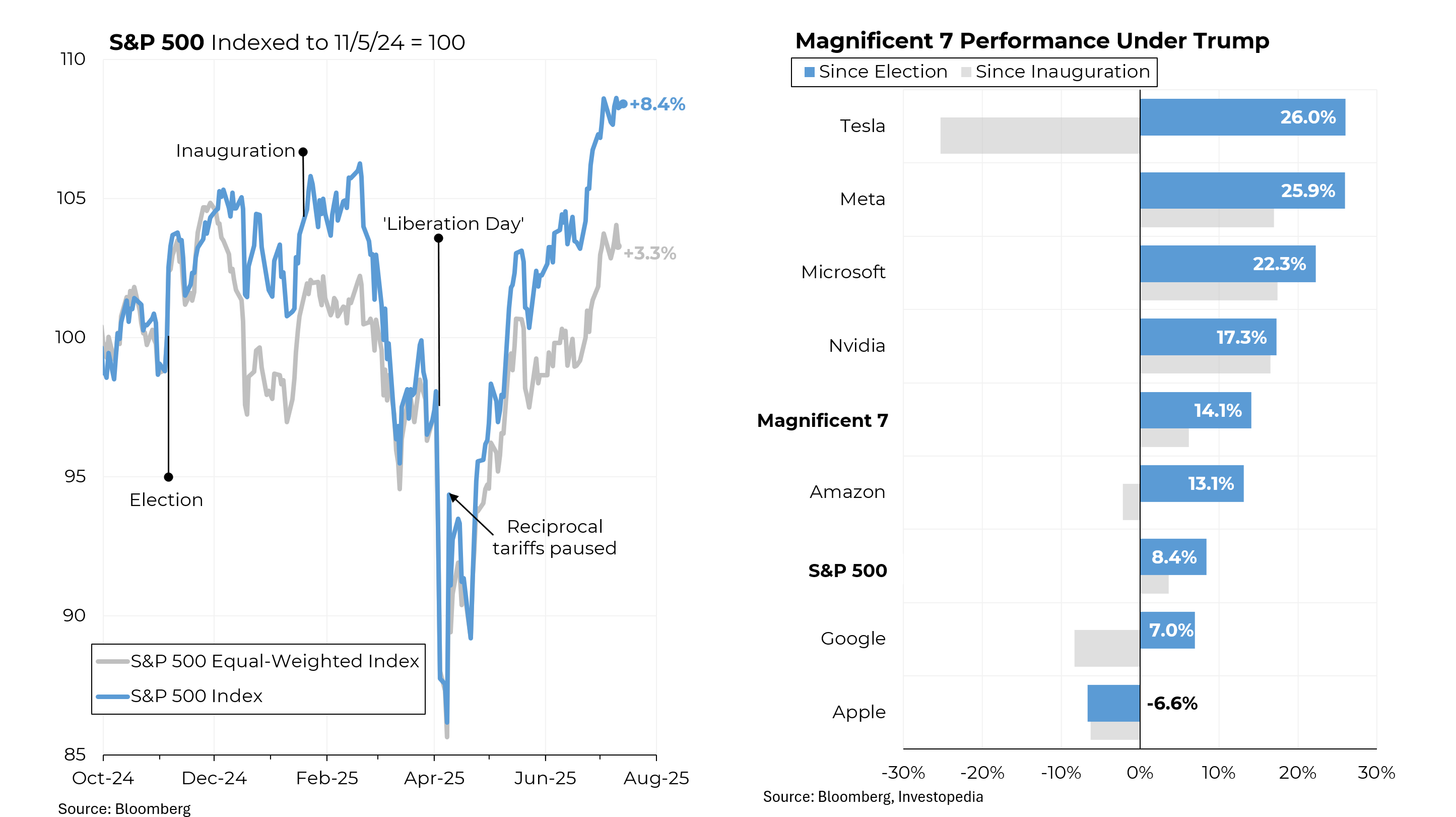Banks and Wall Street pay are sure to be major topics at tonight’s Democratic debate. The bottom line is that whether banks have gotten bigger or not depends on how you measure it. But no matter how you measure Wall Street pay, it has gone up a lot. Below are a few charts that illustrate this. For the Morning Joe clip, click here.
If you measure from the end of 2007, just as the financial crisis was beginning to boil, the biggest banks have indeed mostly gotten bigger. In particular, JPMorgan is 51% larger (as measured by total assets), Bank of America is 25% larger and Wells Fargo has tripled in size. But particularly for JPMorgan and Bank of America, the vast proportion of that increase came because of acquisitions of other financial institutions that were failing. JPMorgan bought Bear Stearns and Washington Mutual (Wamu). Bank of America bought Merrill Lynch and Countrywide Financial. And Wells Fargo bought Wachovia.
However, if you measure from September 2010, after the acquisitions were completed and Dodd-Frank was passed, you get a different picture. Over this time period, JPMorgan has grown by only 10% while both Bank of America and Citi have shrunk. Only Wells Fargo — a west coast bank oriented toward retail customers — has grown significantly. Here’s another statistic: While the total assets of the banking system have grown by well over 20% since the financial crisis, the assets of the largest banks (those with over $500 billion) have shrunk, by 2.6%.
When it comes to Wall Street pay, the math is simpler. Back in 1982, the average worker in the securities industry made almost exactly twice the average wage of all other private sector workers in New York State. Today, even after the financial crisis and even at a time when Wall Street profits remain under pressure, the average financial services employee makes almost six times what other workers make. That’s wider than the margin in 2011 (about 5 times), the year of the Occupy Wall Street protests.








